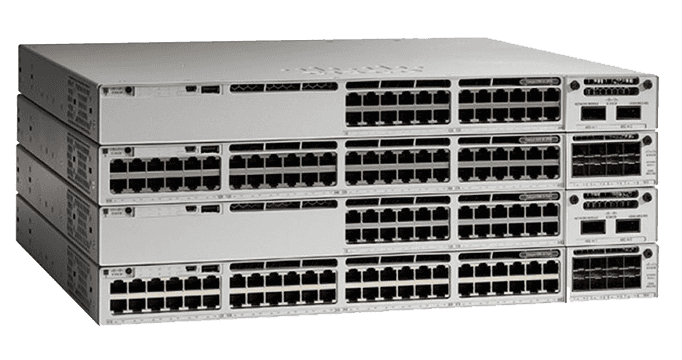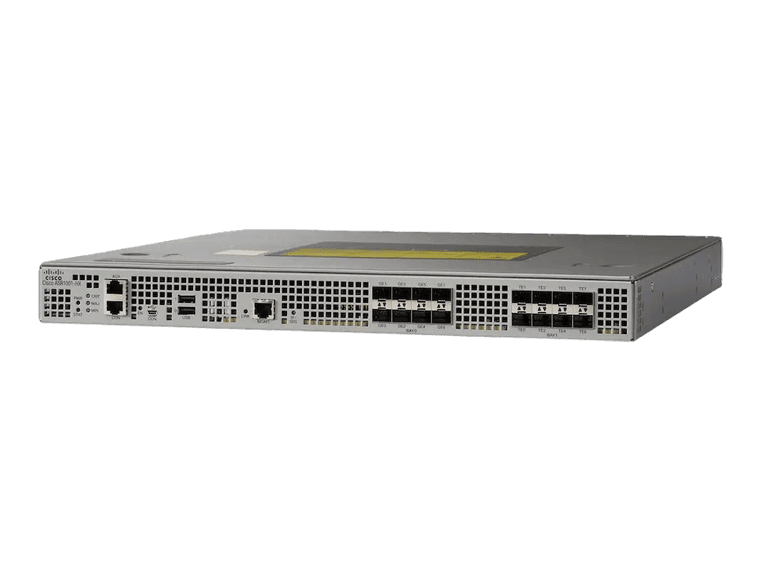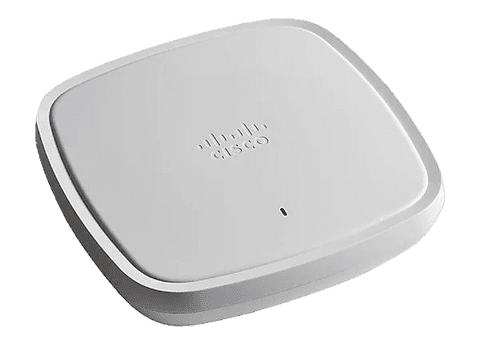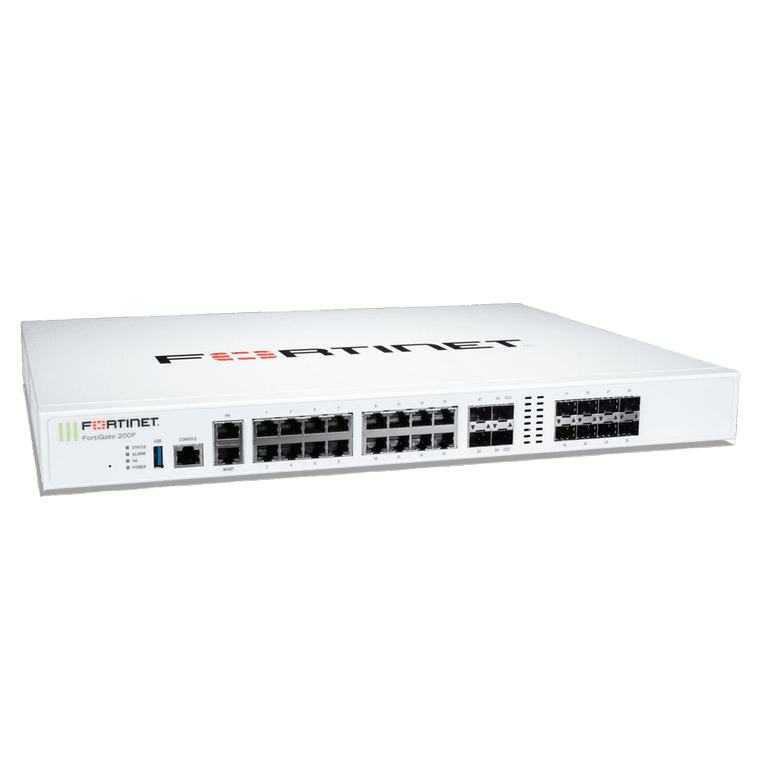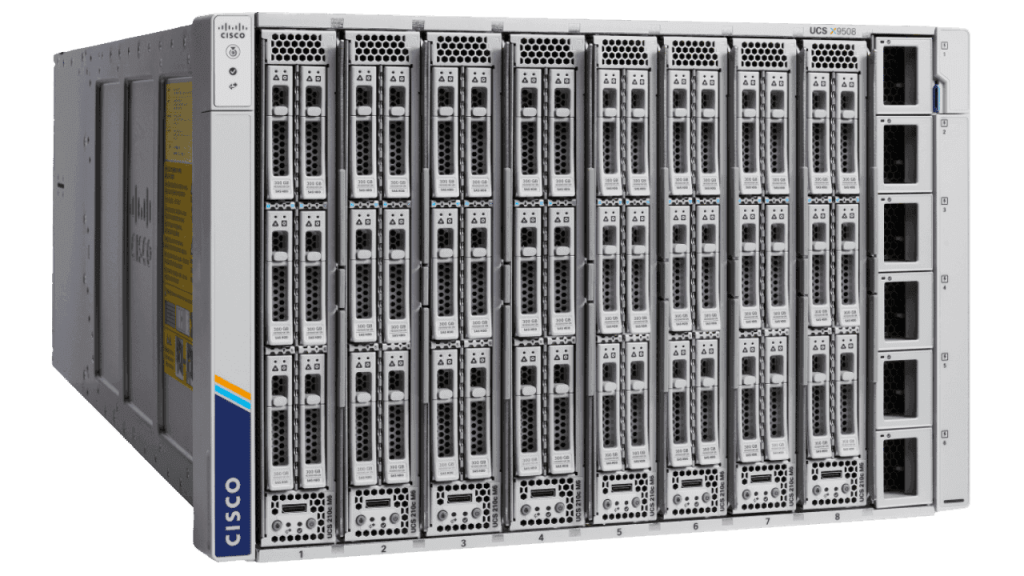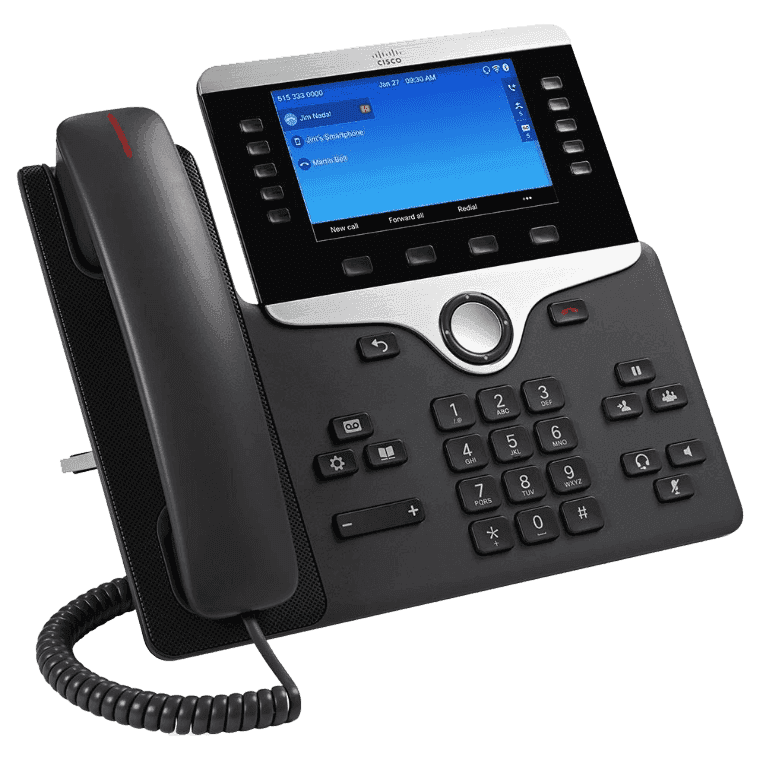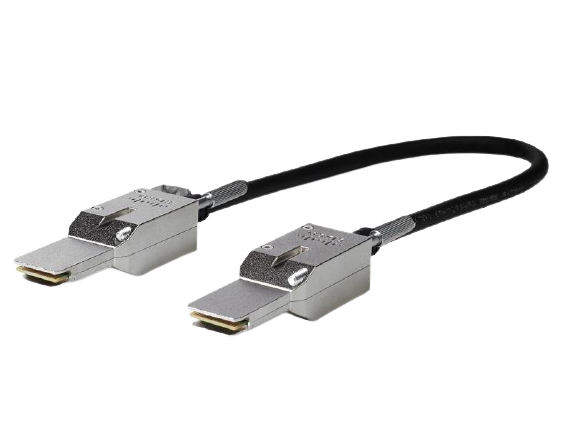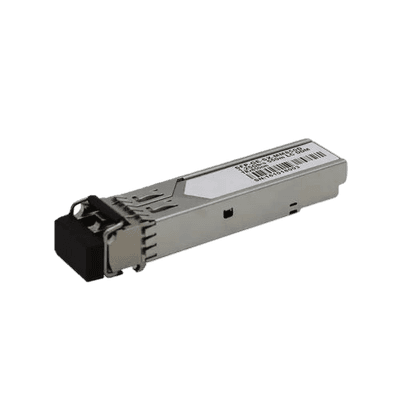As the virtual world continues to grow, keeping your computer network running smoothly and efficiently is more important than ever. A PoE switch is considered an essential part of any modern computer network.
The costs of network downtime can add up quickly for a business. According to Statista, in 2020, 25 percent of respondents worldwide reported the average hourly downtime cost of their servers as being between $301,000 and $400,000. That’s why it’s so important to have the right network infrastructure in place for your business, including the best PoE switch for your needs.
In this article, we’ll look at what a PoE switch is, how a PoE switch works and what the benefits are of using a switch with PoE. Vodanet will help you understand the different types of switches and which one is right for you.

What Is PoE?
PoE stands for Power over Ethernet — it is a way of using data cables to also carry electrical power. With devices that use PoE, the electrical current passes through the ethernet cable along with the data that is normally carried through an ethernet cable.
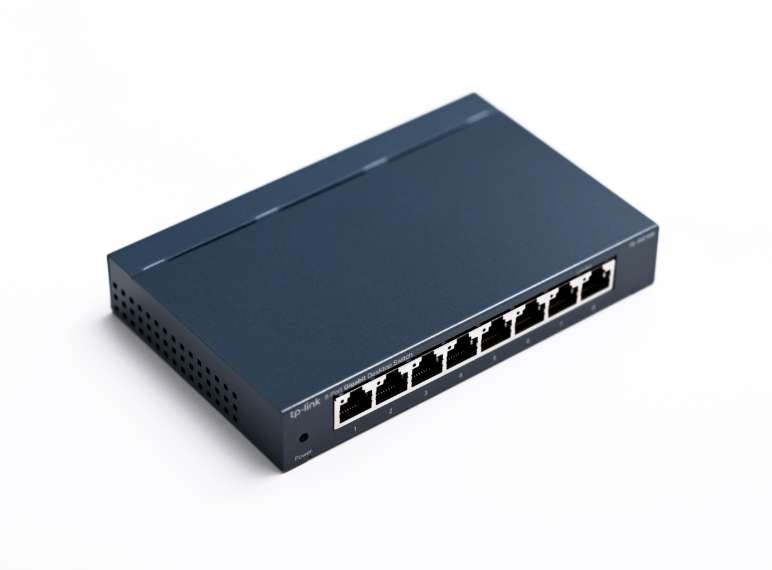
What Is a PoE Switch?
A switch is a device that lets other devices connected on a network communicate with each other. A PoE switch is a Fast Ethernet or Gigabit network switch that has PoE functionality integrated. A PoE switch works by allowing communication and providing power using the same network cable to devices such as VoIP phones and wireless access points.
What are the Benefits of Using A PoE Switch?
The biggest advantage of a PoE switch is that it reduces the cabling requirements for various network devices. Most devices that connect to the internet via an ethernet cable also require a separate power cable. With PoE devices, there is no need for the extra power cable because the twisted pair ethernet cable also supplies the power. This can save businesses money on the costs of installing wiring.
In addition, a PoE switch allows compatible PoE devices to work in places where power outlets or network connections don’t exist.
What Kind of PoE Switch Should I Buy?
There are three types of switches with PoE to choose from:
- Unmanaged PoE Switches. An unmanaged PoE switch is the most basic form of a network switch and only allows your devices to connect with each other. These switches are best suited for home and small office uses.
- Managed PoE Switches. Managed switches are the most common type of PoE switch. They offer a more tailored experience, allowing configuration along with full security features and management capabilities, like monitoring the network and controlling traffic. A managed PoE switch is most commonly used in data centers and enterprise networks.
- Smart PoE Switches. Smart switches are also known as hybrid switches, because they are part managed switch and part unmanaged. A smart PoE switch will let you set up virtual networks and configure ports, but does not allow other management functions, such as remote accessing, troubleshooting or network monitoring.
Besides deciding which type of switch works for you, there are other factors to consider.
Port Numbers
Network switches are made with different numbers of ports. For example, you can buy an 8-port PoE switch or a 24-port PoE switch. Larger networks require a greater number of ports to properly manage your network traffic. In general, you want to choose a switch with more ports than you actually need to allow for potential growth.
Network Speed
Most new PoE switches provide Gigabit speeds (1000 Mbps) to connected devices. However, there are still a lot of Fast-Ethernet (100 Mbps) switches, and for many situations, that is enough speed to keep your network running smoothly.
Power Supply and Consumption
Before purchasing a switch with PoE capability, you will need to assess the power usage of the network devices. If you buy a PoE switch with too small a power supply, you’re likely to experience poor device performance.








